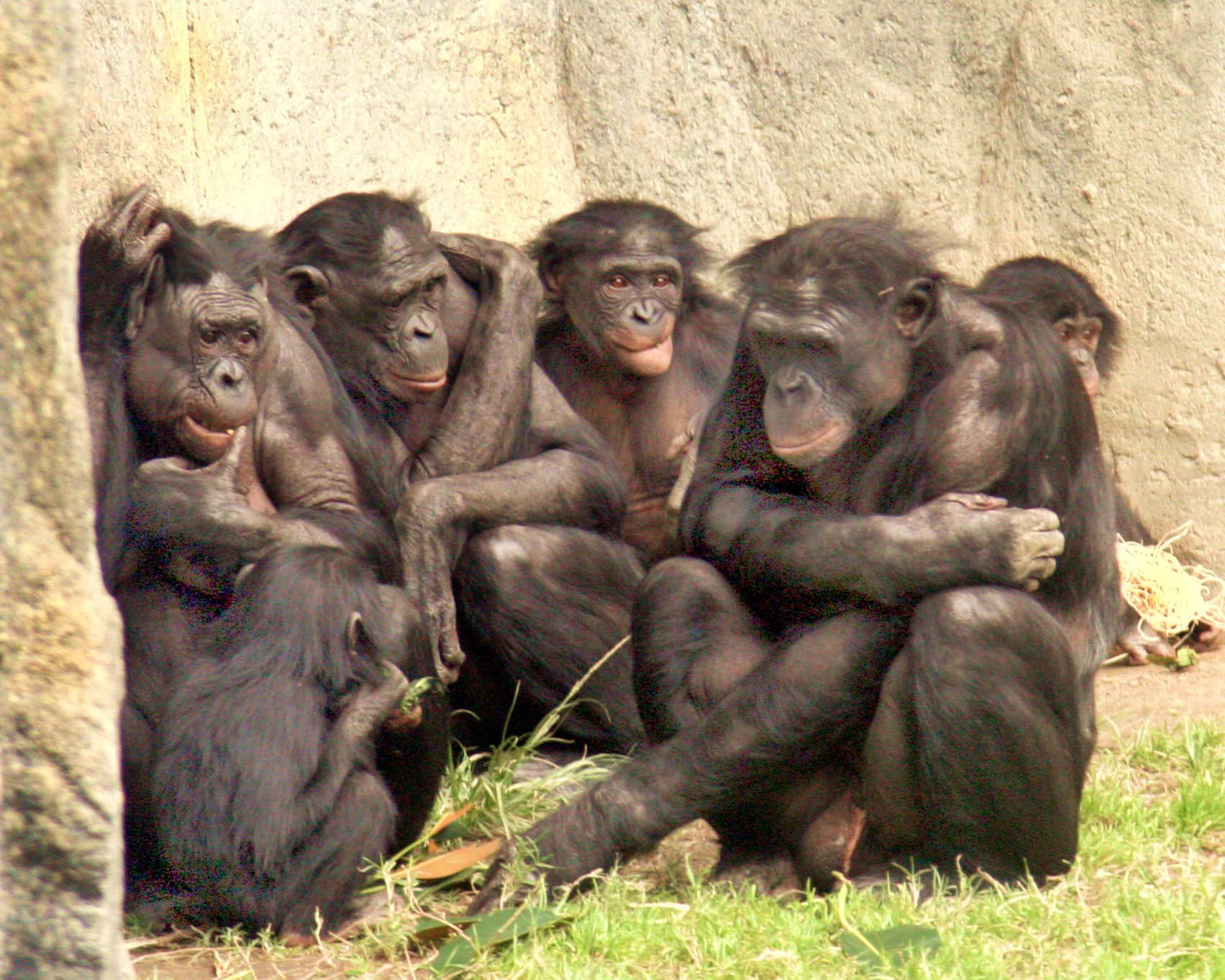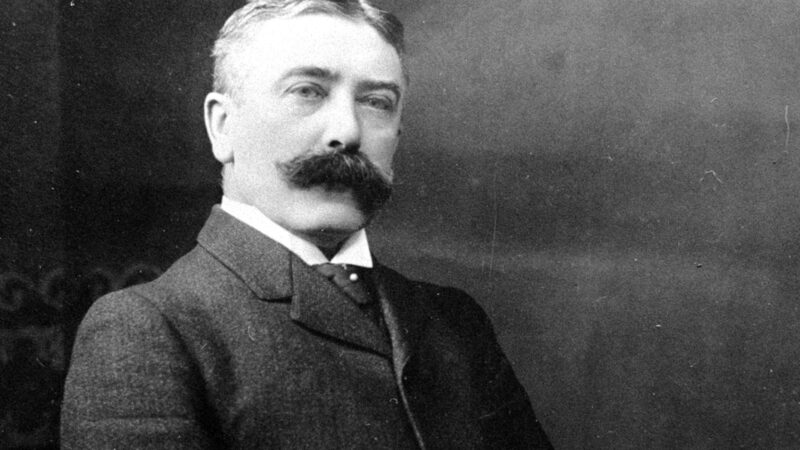Can Other Primates Learn Human Languages?
Can Other Primates Learn Human Languages?
Many researchers have tried to teach human languages to apes. The results are disputed, but in some cases, apes reached an impressive level of understanding of a human language.
The dilemma is centuries old: Are we humans different from all the other animals? What makes us so special? Are we really special? Language is often brought up as what distinguishes the human from other species: human languages are infinitely complex in meaning, grammar and structure. There is no way an animal could learn that. Or?
Researchers have been trying to test this idea with apes. Since the 1940s, some humans have dedicated their lives to trying to teach human language to other primates. After some failed attempts with spoken language – for which apes do not have the right anatomical characteristics – however, researchers started focusing on sign language.
Experiments to Teach Human Language to Primates
In the 1960s, the couple of psychologists Beatrix and Allen Gardner of the University of Nevada, Reno started their attempt to raise a chimpanzee, Washoe, as similarly as possible to the way a child with deaf parents might grow up. They used American Sign Language (ASL) to communicate with Washoe and tried to teach it to the animal. Forty years after, at the end of her life, Washoe knew around 350 signs of ASL and she could make small simple combinations between them. However, other researchers challenged this result. They said that Washoe had not actually learnt language rules, but she had merely been conditioned to do specific gestures for getting a reward.
To test this hypothesis, a new team tried to teach ASL to another chimpanzee, Nim Chimpsky (whose name is a play on linguist Noam Chomsky). Nim spent the early years of his life with a quite hippy group of humans, which gave him access to many things, including illegal substances, and treated him more like a house pet than a wild animal. Nim managed to learn around 125 signs, but it is debated whether he interiorized any language rules. Over time, being isolated from his cultural habitat made him aggressive, and he attacked the researchers several times.
Most Successful Experiments
More meaningful results were obtained with other species. Koko the gorilla reportedly learnt 1,000 signs from a modified version of ASL and 2,000 words of spoken English. As other results, the extent to which Koko was understanding what she was saying and why is disputed. However, her instructor, Francine Patterson, defends Koko’s cognitive abilities and reports that when Koko’s pet kitten was killed by a car, the gorilla signed “bad, sad, bad” and “frown, cry, frown, sad, trouble”.
The most remarkable of these experiments about animals and human language, however, was the one that involved Kanzi, a bonobo ape. Kanzi is believed to understand human language better than any other non-human animal in the world. He can understand very precise orders such as “Can you pour some coke in the water?” or “Can you bring the TV outside, please?” and he can express thousands of words through a lexigram keyboard, where every symbol corresponds to a word. His understanding of spoken English is impressive and raises new questions on the similarities between humans and apes.
______________________________
Are You Good at Languages? Join Us!
We are a group of people convinced that language skills should be more valued in the job market. For this reason we created Kolimi, a platform that connects multilingual professionals to the people and business needing them, in any field of work.
Join us to find new opportunities! You can also follow us on Facebook, Twitter, YouTube or LinkedIn to discover new things about languages!
______________________________







